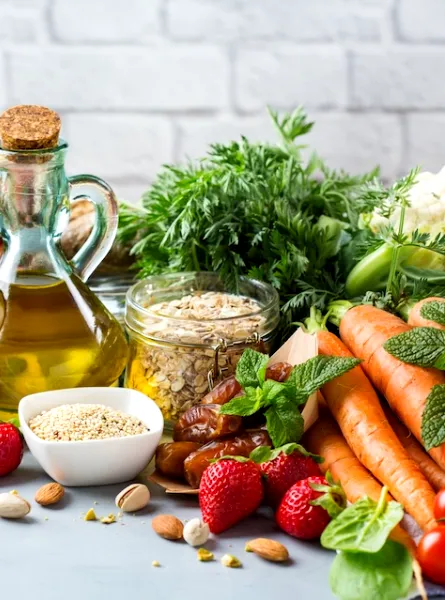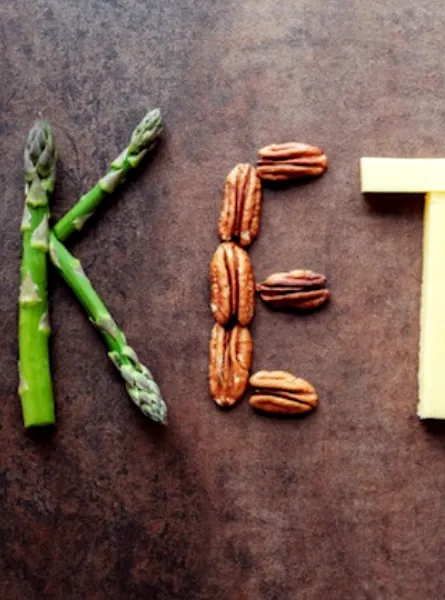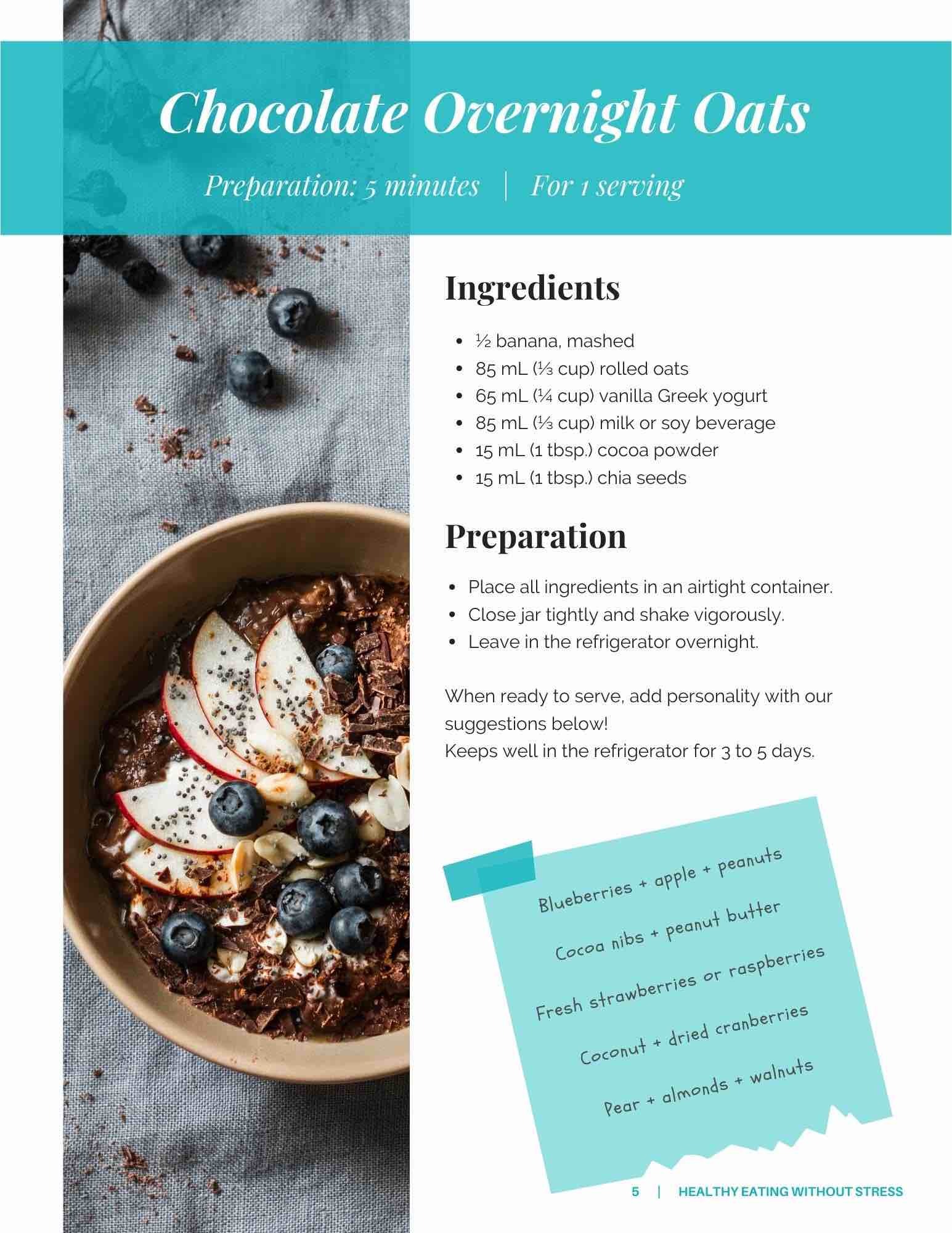
In this article:
When it comes to weight loss, everyone has an opinion—your neighbour, your cousin, a TikTok influencer… The result? We're left sorting through tons of contradictory and often unfounded advice.
So, we asked our team of registered dietitians one simple question: “What myths do you hear most often in your weight loss consultations?” Their answers weren’t exactly surprising—but they clearly show how widespread these misconceptions are and how much confusion they can create.
Here are eight persistent weight loss myths, debunked by our health professionals to help you move toward sustainable results.
1. “You have to cut out bread, pasta and potatoes to lose weight”
_0.webp)
The truth: carbs can absolutely be part of a balanced diet
Myriam Guay, a dietitian nutritionist in Quebec City, says she hears this one all the time: “To lose weight, I have to cut out bread, pasta, and potatoes.” Often, it comes with a side of frustration. But the truth is, these foods are excellent sources of energy. And when you choose less processed versions, they also provide fibre—which plays a key role in managing hunger, a benefit that often flies under the radar.
Fibre slows down digestion, keeps you full longer, stabilizes blood sugar levels and supports digestive health. In other words, it can help prevent those afternoon cravings for cookies. It’s not your plate of pasta that’s stalling your progress, it’s more likely an unbalanced meal: too many refined grains or carbs, not enough veggies or protein—and maybe that extra cheesy garlic bread on the side.
Practical tip: Choose quality carbs and listen to your hunger cues
No need to ditch the carbs! Go for fibre-rich options like whole wheat pasta or potatoes with the skin, and adjust the portion to what works for you—often between ½ cup to 1 cup cooked. Add in some veggies, protein and a healthy fat for a satisfying, well-rounded meal.
2. “Eating after 8 p.m. turns into fat”
_0.webp)
The truth: Your body doesn’t run on a timer
Rose Thivierge, a dietitian nutritionist in Montreal, hears this one all the time. The myth assumes that your body just starts storing everything as fat after 8 p.m.—thankfully, that’s not how things work! Your body continues to burn energy 24/7. What matters isn’t the time, but what you eat—and more importantly, are you actually hungry?
Ignoring real hunger (the kind that makes your stomach growl or breaks your focus) can mess with your relationship with food and lead to cravings later.
Practical tip: If you’re hungry, have a simple snack
A Greek yoghurt with fruit, a few whole grain crackers with cheese, or a devilled egg with raw veggies are great options—satisfying without overdoing it.
3. “Only the calorie count on the label matters”
_0.webp)
The truth: Not all calories are created equal
Éléonore Dessureault, a dietitian in Shawinigan and Trois-Rivières, reminds us of something important: 200 calories from pop isn’t the same as 200 calories from lentils. The pop has no nutrients; the lentils provide fibre, protein and key vitamins. Focusing only on calories can distract from what really counts—nutritional quality.
Practical tip: Look beyond the numbers
Check for protein, fibre, added sugars, and saturated fat. A short, easy-to-read ingredient list is often a good sign. Need help making sense of food labels? Consult a dietitian nutritionist to make grocery shopping easier.
4. “Snacking is bad if you want to lose weight”
_0.webp)
The truth: Eating too little can backfire
Elsa Rochette, a nutritionist dietitian in Quebec City, says this myth is common. Some people believe eating less often helps with weight loss. But skipping a snack when you’re truly hungry can leave you starving by your next meal—hello, oversized portions! For some people, eating more regularly helps maintain steady energy and curbs cravings. It all depends on your routine and needs.
Practical tip: When hunger strikes, eat!
A small snack can make all the difference—nuts with fruit, cheese with grapes, or yoghurt with chia seeds. The goal is to avoid arriving at dinner in “emergency hunger” mode.
5. “You have to eat exactly the portion shown on the label”
_0.webp)
The truth: Label portions are guidelines, not rules
Timothy Leung, a nutritionist dietitian in Toronto and Markham, says many clients take serving sizes literally. But these numbers are meant for comparing products, not planning meals. Your needs vary depending on your hunger, physical activity and day-to-day routine.
Tip: Adjust your portion based on how you feel
Start with a reasonable serving and adapt based on your hunger. Trust your hunger and fullness cues instead of sticking rigidly to a number. If you’re full, no need to finish your plate; if you’re still hungry, have a bit more.
6. “A slice of toast with peanut butter is enough for breakfast”
_0.webp)
The truth: It’s a weak start to the day
Élodie Robillard, a nutritionist dietitian in Quebec City, explains that while this combo is a classic, it’s not quite enough to sustain you. For a breakfast that supports muscle health, energy and satiety, aim for about 20 grams of protein—one slice of toast won’t cut it.
Tip: Add protein to power up your morning
Include an egg, Greek yoghurt, cottage cheese or a protein-rich milk like Natrel Plus. The toast is a great start, but it needs backup to carry you through to lunch. Check out our healthy breakfast recipes for easy, dietitian-approved ideas!
7. “Skipping breakfast is a good way to cut calories”
_0.webp)
The truth: It doesn’t work for everyone
Meri Makaryan, a dietitian nutritionist in Montreal, reminds us that everyone’s different. Not hungry in the morning? That’s totally fine—no need to force it. But if skipping breakfast leaves you drained or ravenous at night, it’s a sign your body needs energy earlier in the day.
Practical tip: Listen to your body
If you wake up hungry, go for a protein-rich breakfast. If not, keep something handy at work or school to eat when you’re ready. The key is finding your own rhythm.
8. “To lose weight, I have to cut out all fat”
_0.webp)
The truth: Healthy fats are important for satiety and overall health
Stéphanie Nadeau-Grondin, a nutritionist dietitian in Longueuil, often sees this misunderstanding: the word “fat” causes fear. But fats are essential—they help absorb vitamins, produce hormones, and keep you full. The issue isn’t the fat itself, but the type and amount.
Practical tip: Add a touch of healthy fats
Try tossing some nuts or seeds into your yoghurt, drizzle olive oil over roasted veggies, or add a quarter avocado to your sandwich. These small additions enhance flavour, support energy, and help keep you satisfied—without sabotaging your goals.
Bottom line: It’s about balance, not restriction
_0.webp)
What do all these myths have in common? They promote a rigid, guilt-driven, and often ineffective view of weight loss. They make it seem like success means strict control, cutting everything out, and constantly counting—often at the expense of body image and mental well-being.
But the truth is, healthy eating has nothing to do with perfection. It’s about consistency, balance, and tuning into your body. A registered dietitian can help you set realistic goals and develop a more personalized, sustainable approach that fits your healthy lifestyle.
Thinking about weight loss? Make an appointment with a weight loss dietitian nutritionist for a supportive, practical and realistic weight loss plan—tailored just for you.






